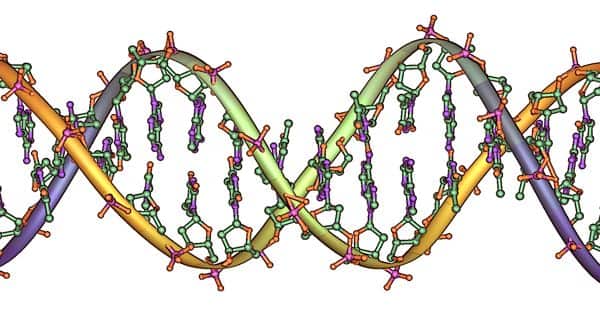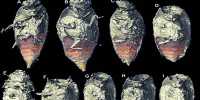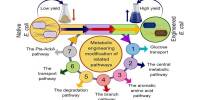A modern optical transition makes it possible to accurately monitor the lifetime of the genetic “copies.” The cells are used as construction instructions for the creation of proteins. The system has been developed by researchers from the universities of Bonn and Bayreuth. The study of complex mechanisms in living cells could be greatly advanced. The research is published in Nature Communications.
Metaphorically speaking, every human cell includes in its nucleus a large library of tens of thousands of books, chromosomes. Each of these books, in turn, contains the construction instructions for a protein. Transcription of the relevant instructions is produced when the cell requires a certain protein. These transcripts are called mRNAs (RNA is a slightly modified form of DNA).
The method was developed by researchers from the universities of Bonn and Bayreuth. It may significantly advance the investigation of dynamic processes in living cells.
The cellular process guarantees that the mRNA transcripts are “shred” again after a short period. This means that the protein is provided for as long as it is currently required. Several decades ago, researchers came up with the concept of using this shredder for their own purposes: by explicitly adding a label to such mRNAs, they ensure that the transcripts are not used as construction instructions at all but are immediately destroyed: a mechanism often known as RNA silencing. Thereafter, the cell lacks the corresponding enzyme. This makes it easier to figure out which position it might really have been responsible for.

The bacterial molecule as the light-dependent switch
The solution now published by the Bonn and Bayreuth groups is based on this method. However, it is nowhere near as crude but provides a much more distinct influence over the life cycle of copies of the mRNA. “We use a bacterial molecule to control the shredding of mRNA transcriptions with the help of light,” says Prof. Dr. Günter Mayer, Head of the Chemical Biology & Medicinal Chemistry Research Group at the LIMES Institute at the University of Bonn.
The bacterial molecule with the PAL abbreviation serves as a kind of transfer. Under the effect of blue light, it changes its shape. A pocket that may bind to certain molecules is revealed in the process. “We searched a vast library of artificially produced short RNA molecules called aptamers,” Mayer says. “We’ve probably come across an aptamer that’s a good match for the pocket in the PAL molecule.”
The researchers have now coupled this aptamer to one of the molecular markers that can be added to mRNAs and thus released for degradation. “When the cell is irradiated with blue light, PAL binds to the marker via the aptamer and thus puts it out of action,” states Mayer’s colleague Sebastian Pilsl. “The mRNA is not destroyed, but translated into the corresponding protein.” As soon as the researchers turn off the blue light, PAL releases the sticker again. It will now be applied to the mRNA, which is then shredded.
In the future, this would allow researchers to explore precisely when and where a protein is required in a cell, simply by immersing a cell region in blue light at a certain time and then looking at the consequences. In the current study, this was applied to proteins that play an important role in the regulation of cell cycle and cell division. The mixture of aptamer and degradation marker is inserted into the cell through genetic modification. This ensures that it produces a light-dependent degradation signal of its own; it does not have to be supplied from outside.
Gene transcriptions can be specifically switched off
The aptamer can be paired with any marker, each of which acts as a shredder signal for a particular mRNA. “This method can therefore be used to switch off virtually every mRNA molecule in the cell in a controlled manner,” says Prof. Dr. Andreas Möglich of the University of Bayreuth. In the newly released pilot analysis, it worked both clearly and consistently. Researchers thus see considerable promise in their system of studying complex mechanisms in living cells and animals.














